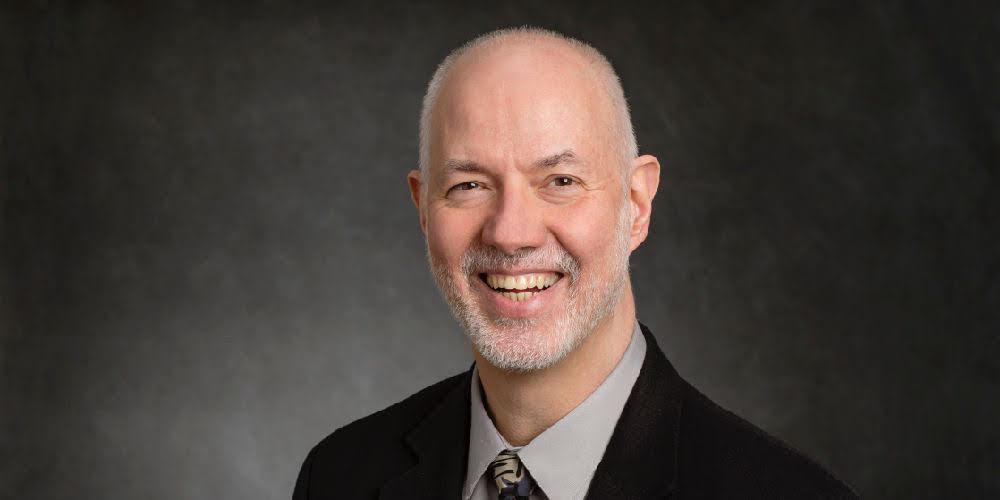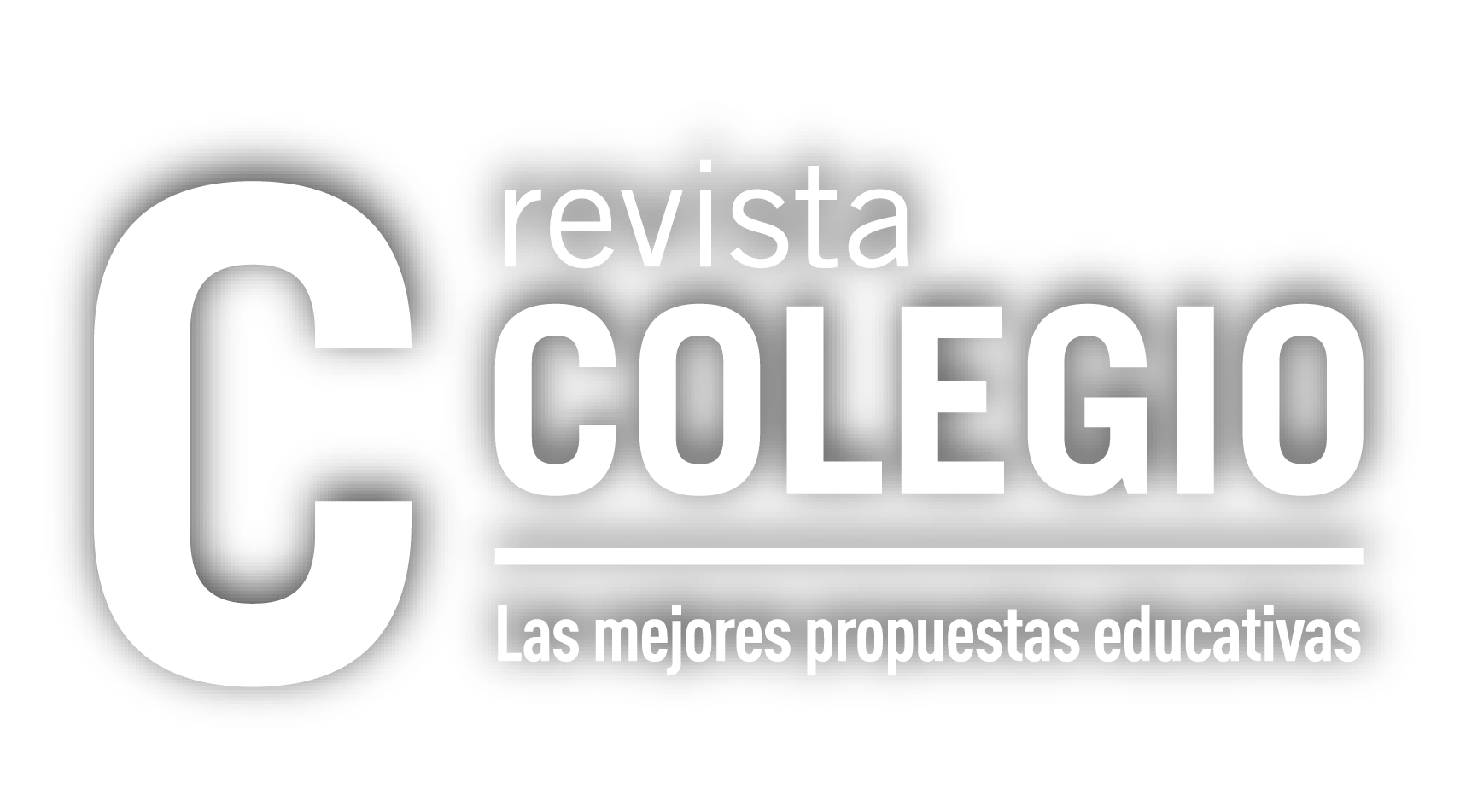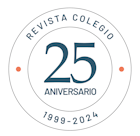
Nicholas Burbules, Doctor in Philosophy, Professor and international figure, addressed some of the strategies schools will have to consider for the post-pandemic. Colegio magazine was able to participate in the online talk between Dr. Burbules and Learning Team, the consulting company in educational innovation.
Burbules highlighted that “we must re-design learning spaces” and considered that as “teachers’ begin give up the notion of control in the classroom”, we should aspire to promote blended, hybrid and flipped learning strategies.
- Teachers who were not familiarized with technology have immersed themselves in virtual settings, also with the use of tools to record videos. Their first resource was to aim for what they already knew. How do you see this new post pandemic scenario in education? Are we headed towards real change?
“We are confronted with a short-term problem due to this pandemic, and we have been thrust into this transition. We should not think of technology as a substitution for teachers, but as an opportunity to re-think teaching strategies.The most important thing about new technologies is the opportunity they give us to reconsider our strategies.
I’m going to highlight two points about the new normality we will have after this pandemic and the ways we could use these technologies. One is that it is highly probable that we will begin to see a new mixed (flipped) teaching method. This will allow us to check what should be best done with in-person teaching and what would work best with the use of technologies. There is an interconnection between both methods and these new technologies complement and help create other learning spaces without one replacing the other.
Here, what I really want to focus on is the redesigning of learning spaces. There will be an increase in learning approaches based on questions and in PBL (Problem-based learning). There will be need to review communication between students and teacher, as well as a change in teachers’ roles as authorities. I believe we need to get over this way of thinking. The teacher plays an essential part in teaching through technology, online, but is no longer the source of supreme authority in the classroom.
The second point is that teachers need to stop believing they control everything, especially those who have been in the field for a long time. Many feel uncomfortable because they are only able to see the back of students laptops, and not what students’ are actually working with. We need to learn to take advantage of new technologies and lose some control. In these settings, we wish to generate the opportunity for students to learn, to be motivated and focus on learning.”
- One of the main difficulties when it comes to working with technologies in this scenario is that everyone should feel sure of their digital competencies…Is is possible to think of innovation at schools without thinking of teacher training, change in a higher level?
I think this is one of the hardest questions for us educators. This is one of my principles: teacher training must be equal to the type of schools we want. It is a mistake to think only of the content and not consider the way in which that content is given. I have written about tacit education before, and this gives the idea that what is explicit is not only the subject but the ways of transmission.
We tend to teach the same way as we have been taught by our own professors. To be able to change schools, we need to change the way we instruct teachers. This is a very complex issue with universities, which are generally very conservative and slow to adopt new ways, and which are the ones who train teachers. It is our responsibility to rethink new methods to be able to teach in a different way.
There are two fundamental components: initial training, and professional development and improvement, especially with more experienced teachers. This improvement has to be continuous, throughout one’s life. Is happens with all professions. There must be a constant updating.”
- This change will also be necessary for families who have played an important part in this new scenario where they’ve had to accompany children who’ve had to connect with their teachers in a new way. Most times they demand quantitative teaching. How should we reconvert that view and invite schools to have their own say?
“In this context there are several difficulties, in the first place, to continue teaching in schools and parents who have old-fashion notions of teaching because that is how they were taught. I have been told that in Argentina the teacher is the authority and centre of the class, but with these new technologies we must think of changing that notion. There will be a cultural alteration, especially in the relationship between teachers and parents, which must be seen as a partnership which shares the same objectives. A new approach on education must be developed so that parents can feel more at ease with technology, so they might address the association with teachers comfortably, especially in homes where technology is not easily accessed. One way of rethinking this is by asking ourselves what is the task to be done, and this could be a chance to include family members in the project and giving them the chance to learn as well.”
- One way of bringing students closer to the world they will one day confront is not only by providing technology, but also starting with innovative practices which are more important than technology itself.
“I teach and write a lot on the digital gap. Inequality is a big problem in the world. Wifi should be considered as a public service, but the notion of access is more complicated than what we think. Technical accessibility is not fully and pragmatically complete. It is a necessary condition but not enough. Having wifi alone is not enough, it does not provide full access. This is achieved with time, knowledge and an environment that will support it.
Another point is that the amount, is not the same as the quality. Some students are able to use technology more efficiently than others.
We must also ask ourselves “access to what and for what”. If used to watch sport, pornography or shop, for example, it is not being very instructive. This can be counterproductive, so what really matters is how we make use of it. To provide connectivity or give away computers so as to increase purchase, will not bring educative benefits. We must rethink to what we give access and for what purpose.”
- This experience of being able to learn in multiple physical and virtual spaces known as ubicuos learning is something we have read about and seen before. We would like to know what changes this will provoke in schools, within the classroom and with in-person teaching as we know it today.
“Ubicuos learning can happen at anytime, any place, but the school is still the place where all settings of ubicuos learning have in common. It works as an equalizer, offering equal opportunities. For families who live in unprotected environments or complicated situations, school still has its role of centralizer and of offering equal learning opportunities. This leads us to think about other learning settings that do not include school. It is important to rethink what home means as a learning environment and that homework can be a learning opportunity for the whole family.
Another important point has to do with the change in the student. I have talked about learning to learn. To be is to learn. It’s part of life, it’s an attitude towards life.
It’s crucial to consider it as continuous, throughout our whole lives.
If we want to create long-life students, it’s essential to reconsider this learning to learn online with new technologies. It means to make the most of these opportunities which we have, not only in universities. It must be a fundamental objective of schools to create independent students who learn to learn throughout their whole lives, which does not end once they graduate.
- This experience will transform us in how we position ourselves in life with any new learning experience. Will the scenario be different and will practices change?
“The way in which young people learn is constantly changing and we have no control over that. We are the ones that must change old habits of what it means to be a teacher, how to teach certain practices and we must see if we can change in time to catch up.
Although there’s not much good news about the pandemic, but if there is good news about education, then it is that it has forced us to break old patterns and it has made us think about the differences in home life and environments in society. We need to consider if they will be ubicuos students and how we should facilitate access o technologies. I think we can consider it a positive change, as an opportunity for evolution. I’m not the same teacher I was 20 years ago, but I’m better, different, and this is partly because of technology. We must look at the current situation as a challenge, not as a burden, but as a possibility of renewing our enthusiasm in teaching with these approaches.”






Notas Relacionadas
LATAM Tour de Glifing
La Conferencia Iberoamericana del IB en Bogotá: Innovación y Colaboración Educativa
En “El despertar de las máquinas pensantes”, el nuevo libro de Gustavo de Elorza